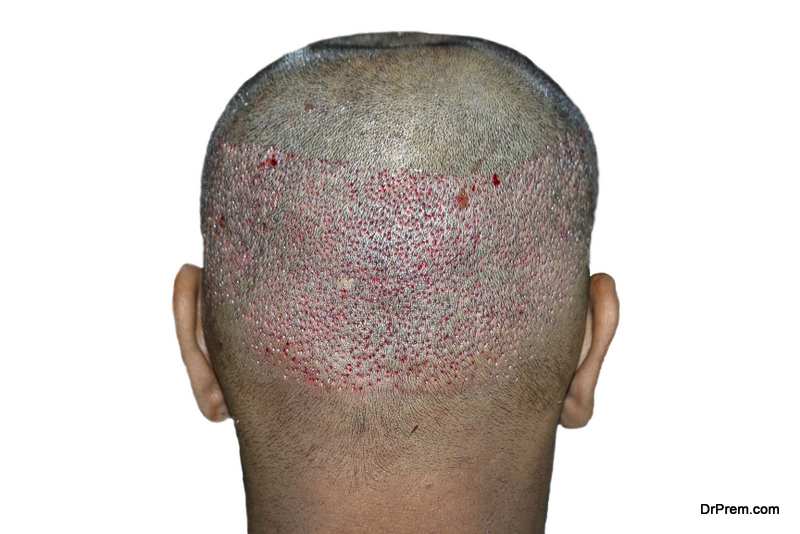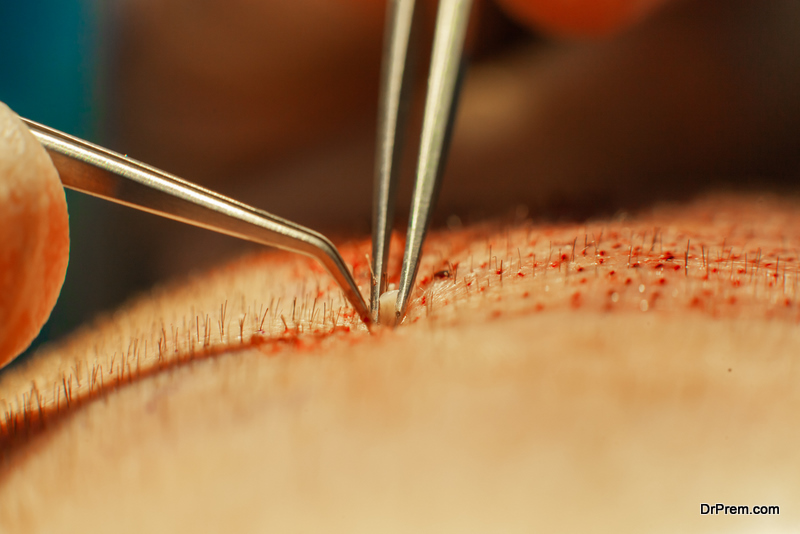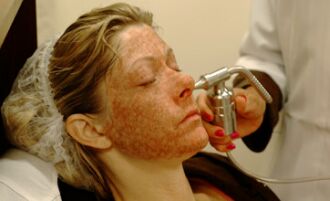What causes thinning hair?
For most of us, the culprit lies with genetics. It is a hidden gremlin in the DNA of our parents that leaps out as we age to play hob with our self-esteem. For men and women, hair loss can begin at any time beyond the onset of puberty. According to the International Society of Hair Restoration Surgery, over 1 in 5 Americans are losing their hair at this very moment. By the age of 35, almost 40% of men have begun to notice hair loss. For women, 40% have endured some degree of hair loss by the age of 40. Thinning hair is a silent epidemic. Its target? Positivity within one’s self-image. Two major options for the fix stem around hair transplant vs. prp.
Hair Transplant Surgery

Two techniques are used to accomplish this task: Follicular Unit Transplantation and Follicular Unit Extraction. In a FUT procedure, a strip of scalp where the hair is still growing is carefully removed, cut into graphs, and attached to the balding area of the scalp. FUE involves removing follicles of hair individually, then placing them where they need to go. Both methods are considered invasive and may be followed up by mild pain that doctors will often treat by prescribing paracetamol.
Each visit for transplant surgery can take around 5 hours, depending on the amount of hair loss the patient has experienced. This same criterion affects the cost, which normally goes between 4 and 15 thousand dollars. Hair transplant surgery is the right choice for patients who:
- Are suffering baldness over a widespread area
- Have plenty of healthy follicles to donate
- Are in perfect health or near-perfect health
PRP Treatment

The concept of PRP has been around since the 1970s. The idea stands upon treating wounded cells with injections of the patient’s own, healthy blood. It’s been used to treat ailments such as arthritis and tendinitis.
Why has its effectiveness been lavished with so much recent attention? To begin with, the role of platelets in the body’s healing process is major. Whenever a person is wounded, blood platelets rush to the scene. They help stop bleeding and repair the damage. This knowledge inspired doctors to wonder whether platelets could be extracted and injected directly into ailing parts of the body—such as a bald scalp—for a chance at recovery where once none, or very little, existed.
PRP treatment does not involve surgery. This makes it a good choice for patients who are hesitant or squeamish about going under the knife. Doctors may also recommend it for patients they feel are not healthy enough to endure invasive procedures.
The first three treatments will cost around 3 thousand dollars. After a PRP sample is obtained, the scalp will be numbed and invigorated via micro-needling. After this, PRP injections go directly into the balding area of the scalp. Some patients may also receive topical treatment. New hair should begin to grow within six months. Within a year the results are often complete.
PRP is still a relatively new method in the treatment of hair loss. Before pursuing this option, patients should be aware of the following:
- PRP therapy will likely take several appointments to complete; in some cases, the therapy does not end at all but is drawn out to maintain effectiveness
- PRP therapy may not work for patients suffering severe or widespread hair loss
- PRP therapy can also be used in tandem with hair transplant surgery
Pattern baldness affects men and women over a wide age span. Besides genetics, other causes are linked to stress, hormonal changes, and thyroid disorders. Patients afflicted with noticeable hair loss should consult a doctor about what treatment is best for them. Our choice is a San Francisco hair transplant doctor, Dr. Parsa Mohebi.
Article Submitted By Community Writer




